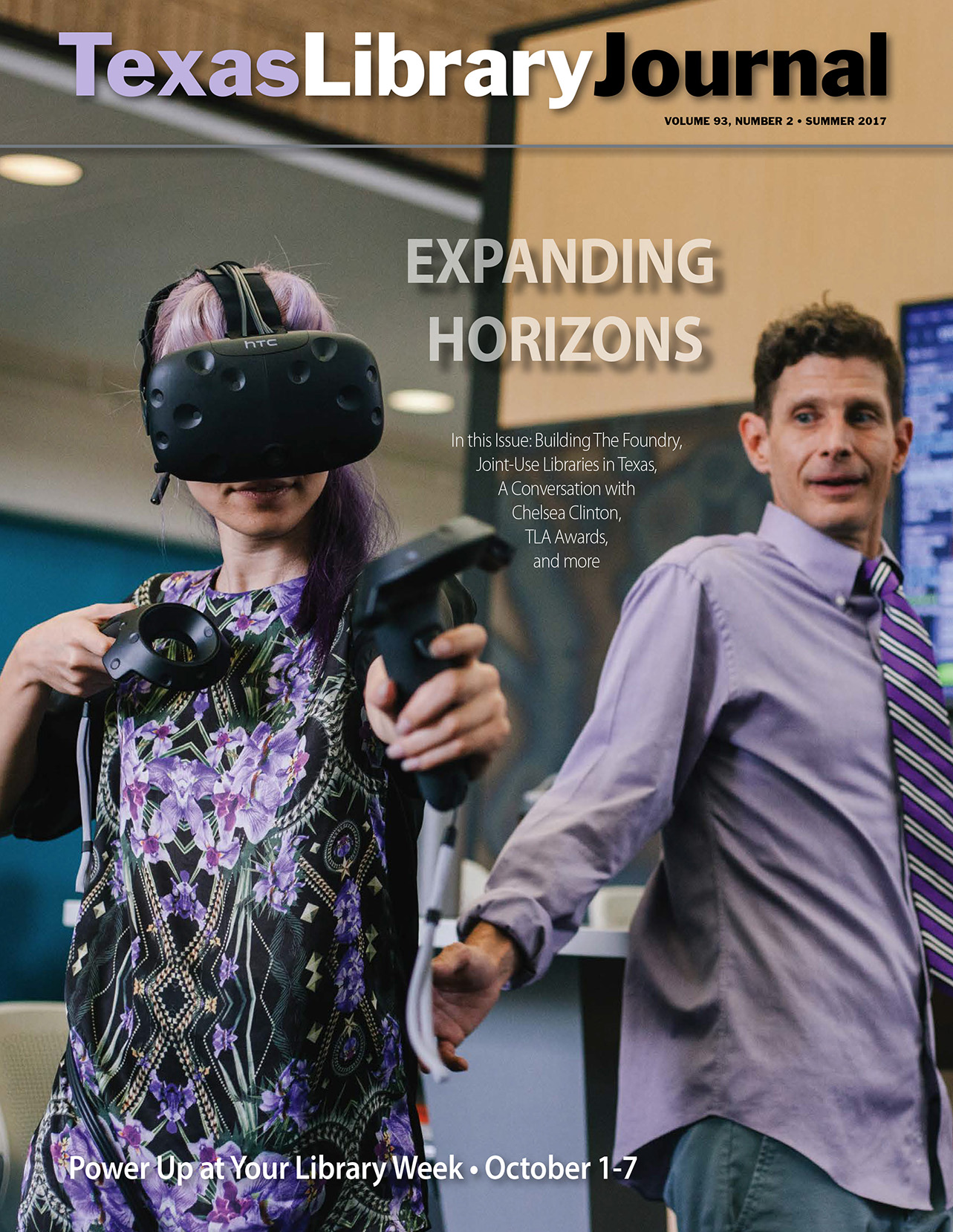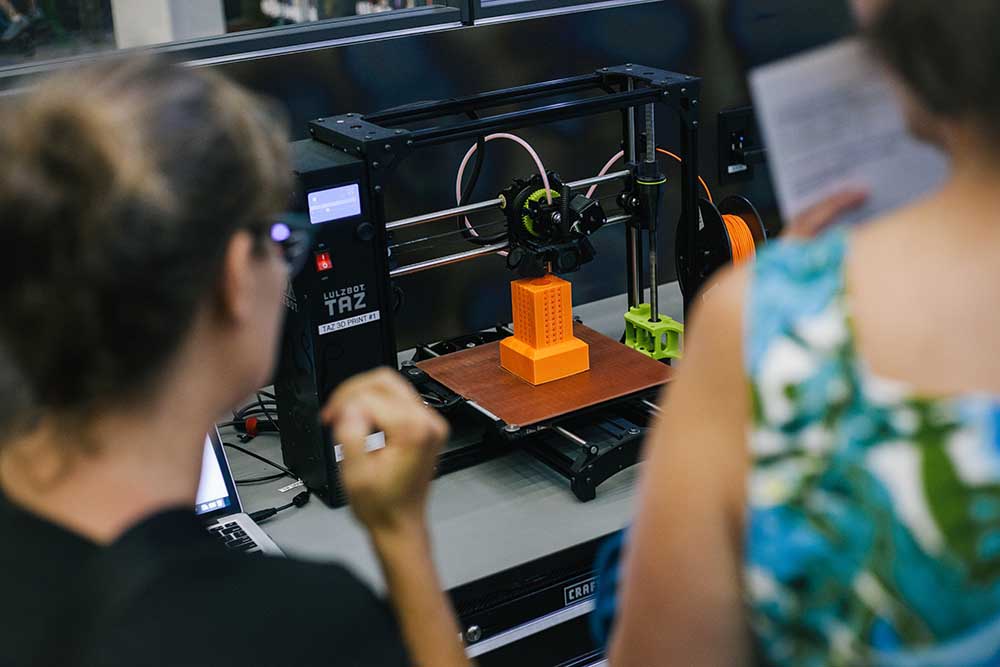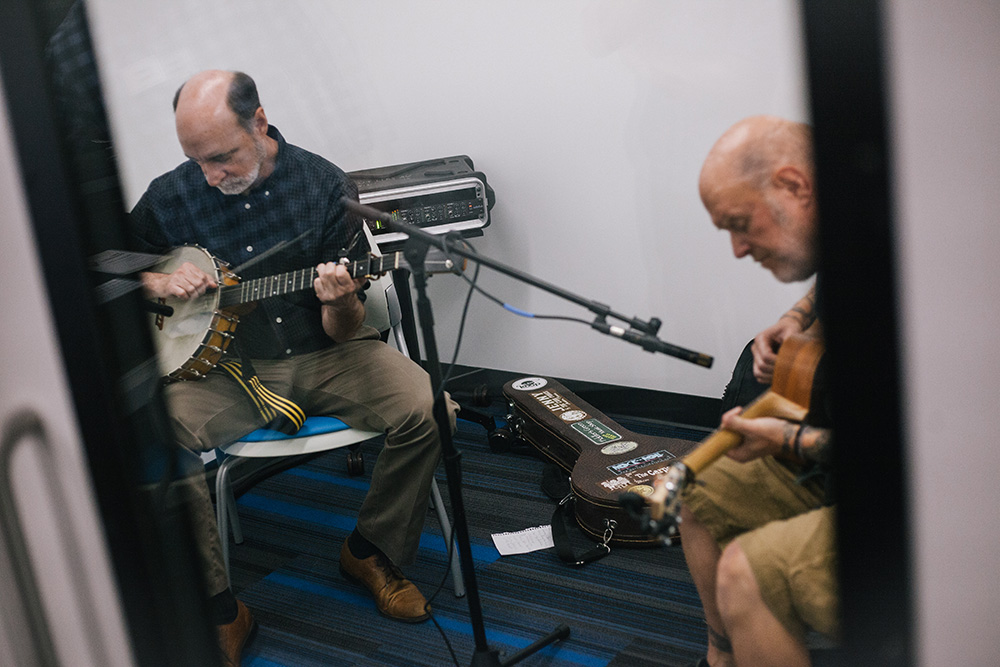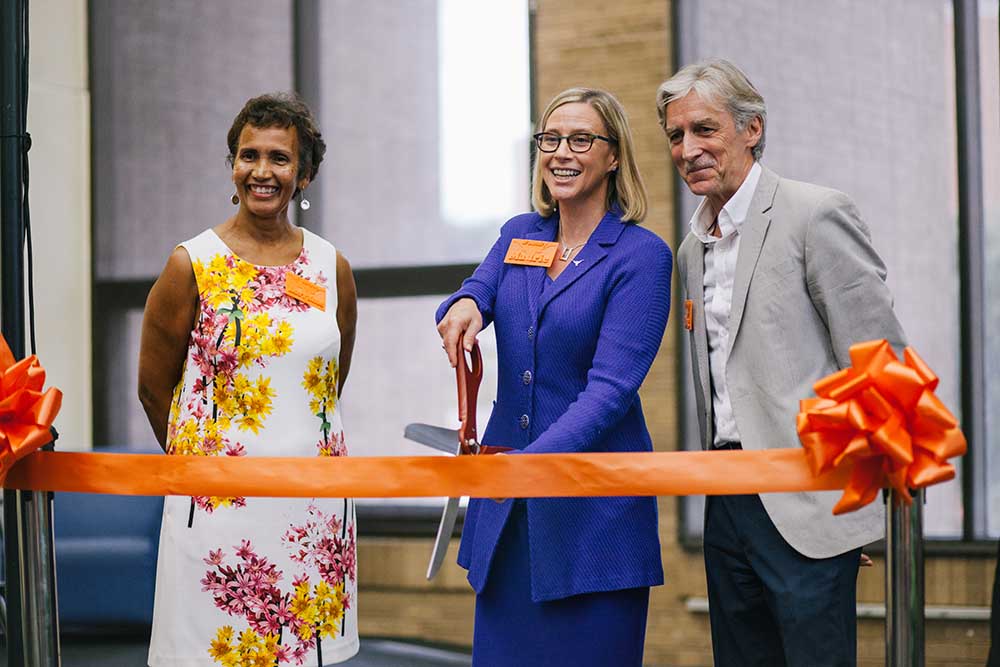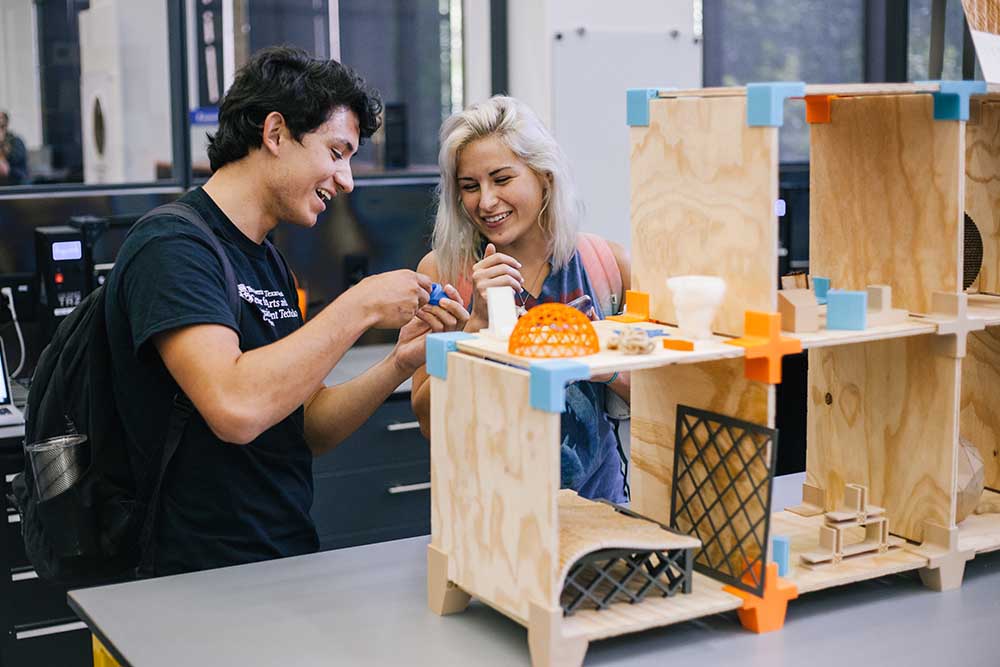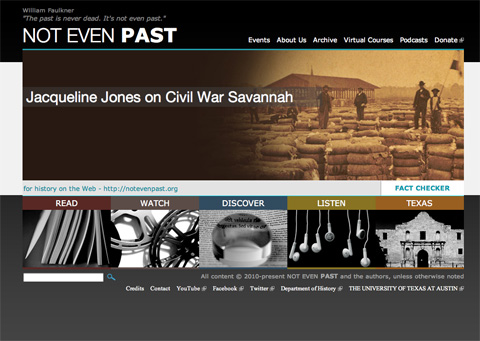BY BRIANA MARIE DAVIS, CLASS OF 2021

The honorable Delta Xi Chapter of Alpha Kappa Alpha Sorority Inc. was the first Black Greek-letter organization to be established at The University of Texas at Austin. Sworn in on May 16, 1959, at high noon in the Queen Anne Room, this particular group of women is dripping in legacy, poignant programs, community service, and rich history. As an archivist-in-training, with the unique opportunity to not only archive an oral history but curate it from scratch, I see it as my duty to extract the essence and diversity of these highly valuable experiences among the Delta Xi women. This is a preview of a three-part blog series, accompanied by a digital archive that has been published and gathered throughout the summer of 2021.
What Is Oral History? The Beginning Processes of Oral History Curation
Oral history-making is a method of conducting historical research to preserve the experiences, significant historical events, and stories of narrators, recorded by a well-informed interviewer, with the purpose of making them accessible to future generations. Oral history not only helps us understand singular events in the past, but gives us a snapshot of any and all historical forces at play during a moment in time.
As an archivist-in-training and now an oral historian, I have been involved in the process of creating a blueprint for an oral recording documenting the first UT Black Greek organization from scratch. I hope that this specific process of interviewing can be applied to future endeavors to preserve the Delta Xi history and possibly the oral histories of other Greek-letter organizations at The University of Texas at Austin.
A Brief History of Alpha Kappa Alpha Sorority Inc.
Alpha Kappa Alpha Sorority Incorporated was founded by Ethel Hedgeman Lyle of St. Louis, Missouri, at Howard University on January 15, 1908. Over time, the organization expanded to many higher-learning institutions across the globe, growing to over 1,018 undergraduate and graduate chapters with the purpose of enriching the lives of Black women through service, networking, and social experiences. The sorority promotes unity, friendship, and academic achievement among its members; it seeks to continue and provide opportunities for higher education through scholarship and donation. As the first Black Greek-letter organization to be established at the University of Texas, the brand-new members of the Delta Xi Chapter were serenaded by the Alpha Phi Alpha Fraternity at their swearing-in.

AKA Impact on Campus and Beyond
The impact of the signature projects created and facilitated by the Delta Xi Chapter of Alpha Kappa Alpha Sorority Inc. reaches beyond the Forty Acres and into the lives of Austin mothers and their children. Working in East Austin, where, historically, the majority of African American Austinites have resided, since 1959 Delta Xi has held events to aid battered women, and to provide holiday parties, daycare, resources, encouragement, and toys for impoverished families.
Honorable Mentions, Members, and Findings
Lareatha H. Clay: Shankleville Community Oral History Collection
Lareatha H. Clay is a prominent oral historian and Delta Xi member (among other accolades). She has created the Shankleville Community Oral History Collection, an archival collection focused on preserving the spoken histories of Shankleville, a historic freedom colony in Newton County, located in East Texas. Clay is currently working to organize the Aya Symposium, an annual multidisciplinary event that explores the history of Texas freedom colonies.
DeMetris Sampson: Innervisions of Blackness
The Delta Xi Chapter has also had its influence in fine arts on campus. DeMetris Sampson, founder of the choral group Innervisions of Blackness and its first president, created the organization with the purpose of “educating, representing and exemplifying the soul of Black students through the scope of music.” Sampson was advised by Almetris Duren, a highly influential historical figure at UT Austin, to make the group official in 1974. Contrary to the rumor that Duren founded the group, Sampson (first president), Rene Hight (Delta Xi member, vice president, and pianist), Vanessa Ferguson (vice president), and Butler School of Music doctoral student Irlene Swain (director) were the first to spearhead the organization. Be sure to check out DeMetris Sampson’s inspiring interview as soon as the Delta Xi Oral History Collection is live to find out more about Innervisions of Blackness.
Barbara Dugas-Patterson: Cotton Bowl Queen

Barbara Dugas-Patterson was crowned as Cotton Bowl Queen by popularity vote and support from Delta Xi members, thus participating in the Cotton Bowl Classic. The University of Texas was ranked #1 in the Southwest Conference at the time and competed against the University of Alabama.
Time and Oral History Making
Time consciousness, memory, subjectivity, explanation, and interpretation are some of the challenges that prevent oral history curation from achieving a concrete and complete picture of the past. To minimize confusion and add structure to the Delta Xi interviews, we devised a template with specific, open-ended questions. The questions revolved around experiences with social life on campus, community service, personal motivations to join the organization, and the legacy of Alpha Kappa Alpha Sorority Inc. The scope of the questions was limited to high school, senior year, college, and occasionally beyond. The flexible nature of the interview questions allowed for a diverse set of narratives to surface.
Despite the challenges of extracting histories dating back at least forty years and that are continuing to unfold, I’ve been able to make comparisons depending on the decade each participant pledged and their overall perceptions of racial inclusion at the University of Texas. Participants who pledged the Delta Xi Chapter in the 1960s viewed joining a Black sorority as a means of survival in a challenging sociopolitical atmosphere, freshly recovering from outdated ideas regarding Black women in higher education. Conversely, members who joined in the 1970s and 1980s saw joining a Black sorority as an elective, yet all participants have found that they joined Alpha Kappa Alpha to find women just like themselves in a university whose Black student population is still only 4 percent. To stay up to date with the Delta Xi Chapter, I encourage you to check out their social media: @Texas_AKAs.

Final Thoughts
Recording the oral histories of African American women has been one of the most rewarding opportunities of my life. The quote “If we don’t tell our own stories, no one else will,” by Indian-American filmmaker Mira Nair, has reverberated throughout my psyche while curating this collection. Indeed, this has been the first oral history project for and by Black women at the University of Texas, but I encourage all Black people to take a front seat in the preservation of their personal histories. One of the most impacting sentiments expressed at the Aya Symposium this past summer is the need to preserve family documents, photographs, and memorabilia. Participation in repositories and history-making through the lens of African Americans is crucial to the historical narrative of the Black community as a whole. Please check out our digital archive when it is completed in the months to come. Thank you to the University of Texas, Texas Libraries, the Black Diaspora Archive, and the Delta Xi Chapter of Alpha Kappa Alpha Sorority Inc. for allowing this project to blossom and continue.
View Parts I, II, and III of this blog series
Briana Marie Davis is a recent graduate of The University of Texas at Austin with a BA in Anthropology and African American Studies. She carried out this oral history project during an internship at the Black Diaspora Archive. Davis is a problem-solving, creative, convivial individual who enjoys singing and playing piano in venues around Austin, Texas, in her free time. She hopes to be of service to her community by uplifting groups that are marginalized through her research and artistic expression.

